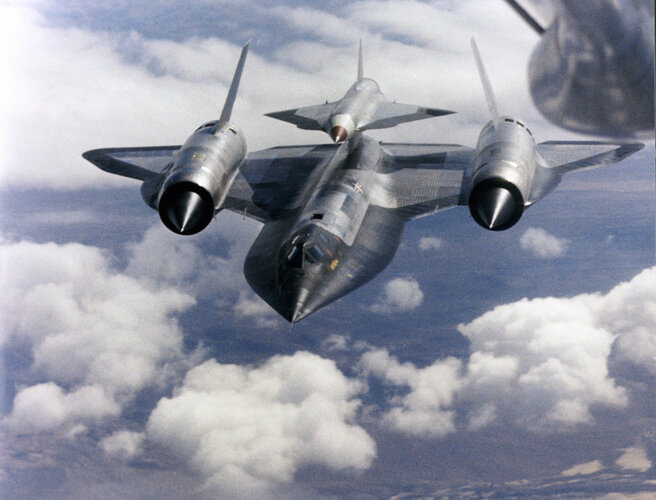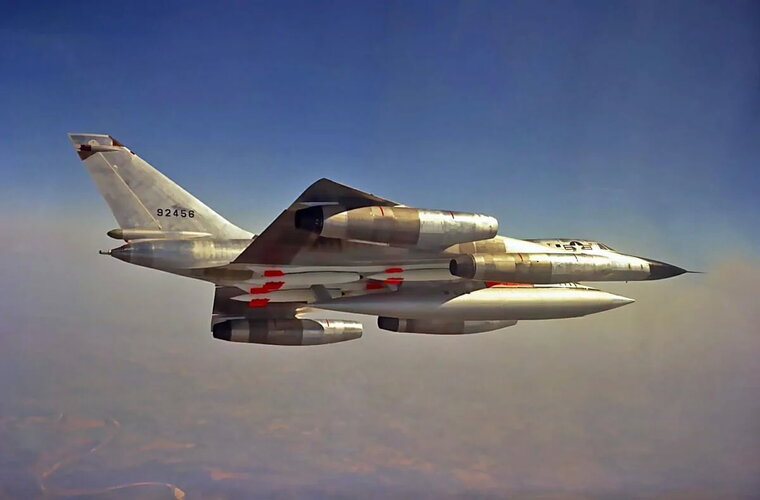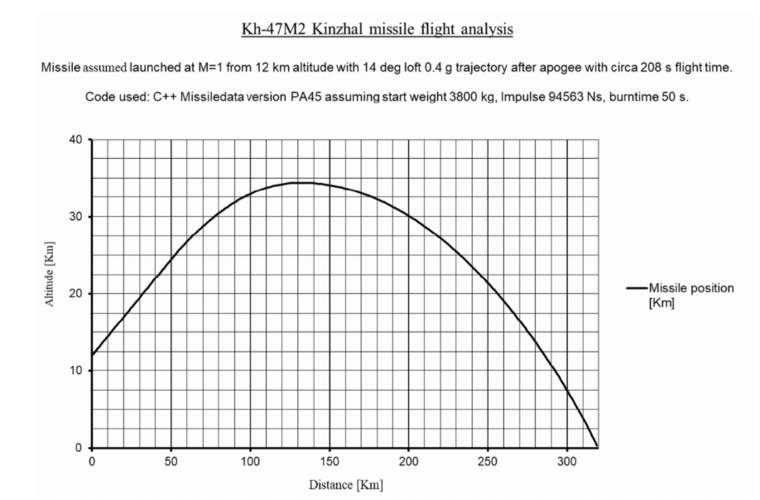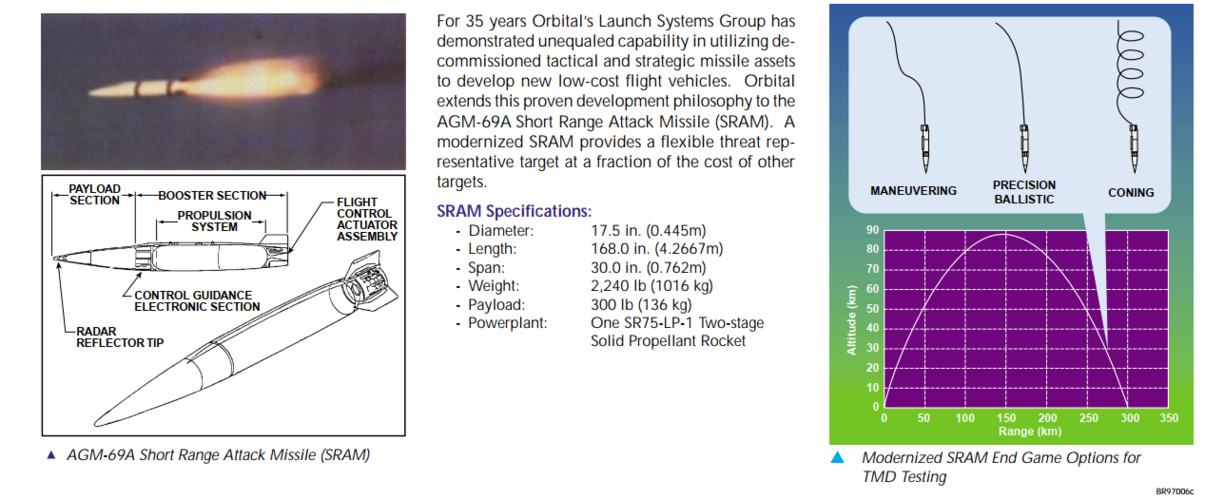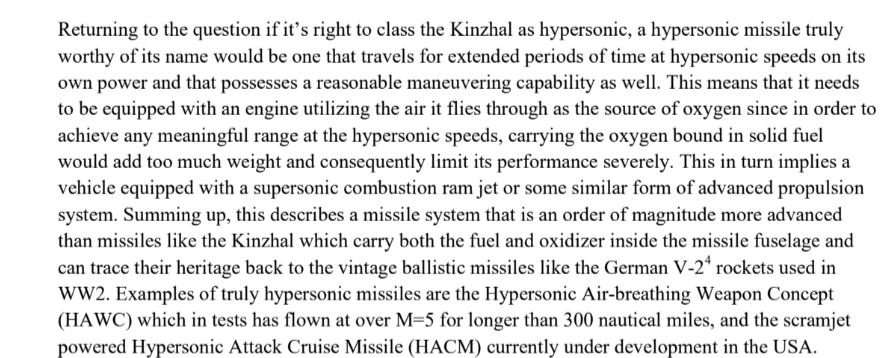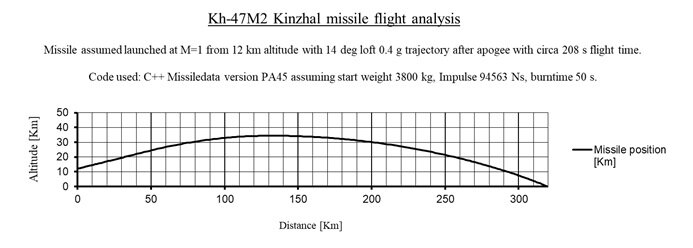Hi Scott,
That seems to be the NASA convention at least: https://www.grc.nasa.gov/WWW/k-12/airplane/specimp.html
However, that's a convention based on mass and force using the same unit in US customary units. (And even "metric" only cleaned this up in the late 1970s, or thereabouts.)
The sane definition of specific impulse would be: The ratio of thrust force to fuel mass flow rate, in units: N/ (kg/s) or (kg*m/s^2)/(kg/s), which simplifies to m/s. I assume that's what the paper Paralay linked is using.
The NASA definition really is: The ratio of thrust force to the fuel-weight-under-Earth-standard-conditions flow rate. That's awkward, but you end up with specific impulse in s.
Regards,
Henning (HoHun)
? Huh? Specific Impulse is measured in seconds, not in meters per second.
That seems to be the NASA convention at least: https://www.grc.nasa.gov/WWW/k-12/airplane/specimp.html
However, that's a convention based on mass and force using the same unit in US customary units. (And even "metric" only cleaned this up in the late 1970s, or thereabouts.)
The sane definition of specific impulse would be: The ratio of thrust force to fuel mass flow rate, in units: N/ (kg/s) or (kg*m/s^2)/(kg/s), which simplifies to m/s. I assume that's what the paper Paralay linked is using.
The NASA definition really is: The ratio of thrust force to the fuel-weight-under-Earth-standard-conditions flow rate. That's awkward, but you end up with specific impulse in s.
Regards,
Henning (HoHun)



